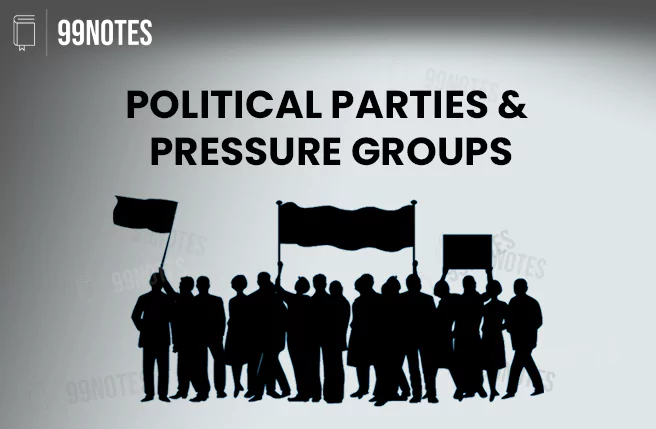Salient Features of Indian Constitution [UPSC Notes]
Salient Features of Indian Constitution
The Constitution of India is a foundational document that governs India. It is not only the highest law in the country but also a symbol of India’s values and governance. Adopted in 1950, it shapes India’s political landscape and ensures rights and freedoms for all its citizens. This article will explore the most important characteristics, or salient features of Indian Constitution.
- The Indian Constitution is considered unique in its contents and spirit worldwide.
- It has the distinction of being most lengthy and detailed due to the vastness of the country and the unique socio-economic and political issues that it faces.
- The constitution reflects the legacy of the freedom struggle. Its emphasis on diversity, secularism, opposition to all sorts of discrimination, provision of equal opportunity for self-development, and many other related concerns epitomizes the values that came to the forefront during our freedom struggle against colonial rule.
List of the major Salient Features of Indian Constitution are as follows:
- Lengthiest Written Constitution
- Drawn from Various Sources
- Blend of Rigidity and Flexibility
- Federal System with Unitary Bias
- Parliamentary Form of Government
- Synthesis of Parliamentary Sovereignty and Judicial Supremacy
- Integrated and Independent Judiciary
- Fundamental Rights
- Directive Principles of State Policy (DPSPs)
- Fundamental Duties
- Secular State
- Universal Adult Franchise
- Single Citizenship
- Independent Bodies
- Emergency Provisions
- Three-tier Government
- Cooperative Societies
![Salient Features Of Indian Constitution [Upsc Notes] | Updated December 4, 2025 Major Salient Features Of Indian Constitution- 99Notes](https://99notes.in/wp-content/uploads/2023/07/constitution-of-india-99notes-ias-.png)
Detail Analysis of Salient features of Indian Constitution
This section delves into the salient features of Indian Constitution, highlighting the unique elements that define India’s governance and uphold its democratic principles. Let’s start with:
1. Lengthiest Written Constitution:
- The constitutions are mainly classified into two types: written (American Constitution) and unwritten (British Constitution).
- The Indian Constitution holds the title of being the world’s longest and most comprehensive Constitution to date.
The factors contributing to this phenomenon are geographical factors (the country’s vastness and diversity), Historical factors (Influence of GOI, 1935), a Single constitution for both center and state and dominance of legal luminaries in the constituent assembly.
Related FAQs of Salient Features of Indian Constitution
The salient features of the Indian Constitution include Lengthiest Written Constitution, Blend of Rigidity & Flexibility, Federal System with Unitary Bias, Fundamental Rights, DPSPs, Parliamentary Government, and Secularism.
The Indian Constitution is called the lengthiest due to its detailed provisions covering diverse issues, federal structure, administrative setup, socio-economic challenges, and adoption of multiple sources from world constitutions.
India follows a Parliamentary system of government based on the British model, with features like collective responsibility of the Council of Ministers, real and nominal executives, and dissolution of the lower house (Lok Sabha).
It means that while India has a federal structure with a division of powers between Centre and States, in exceptional situations like emergencies, the Centre has overriding powers, making it unitary in spirit.
Fundamental Rights in India are justiciable, enforceable by courts, and act as safeguards against state tyranny. However, they are not absolute and are subject to reasonable restrictions and can be suspended during emergencies.






